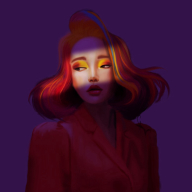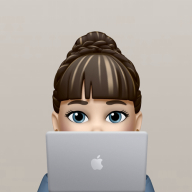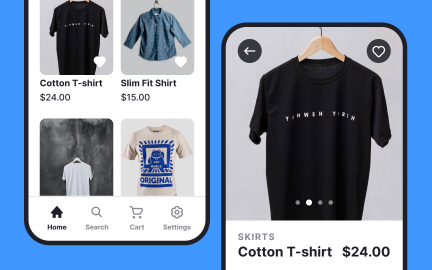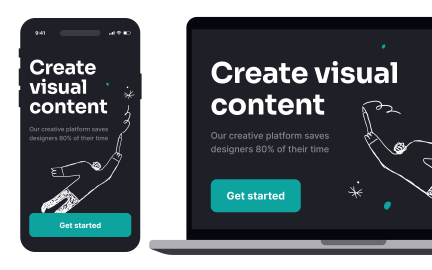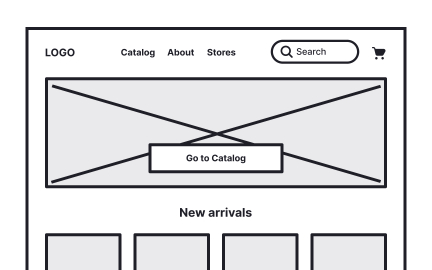Sketch
Sketch is a digital design tool widely used for UI and UX design, enabling teams to create, prototype, and collaborate on user interface elements and layouts.
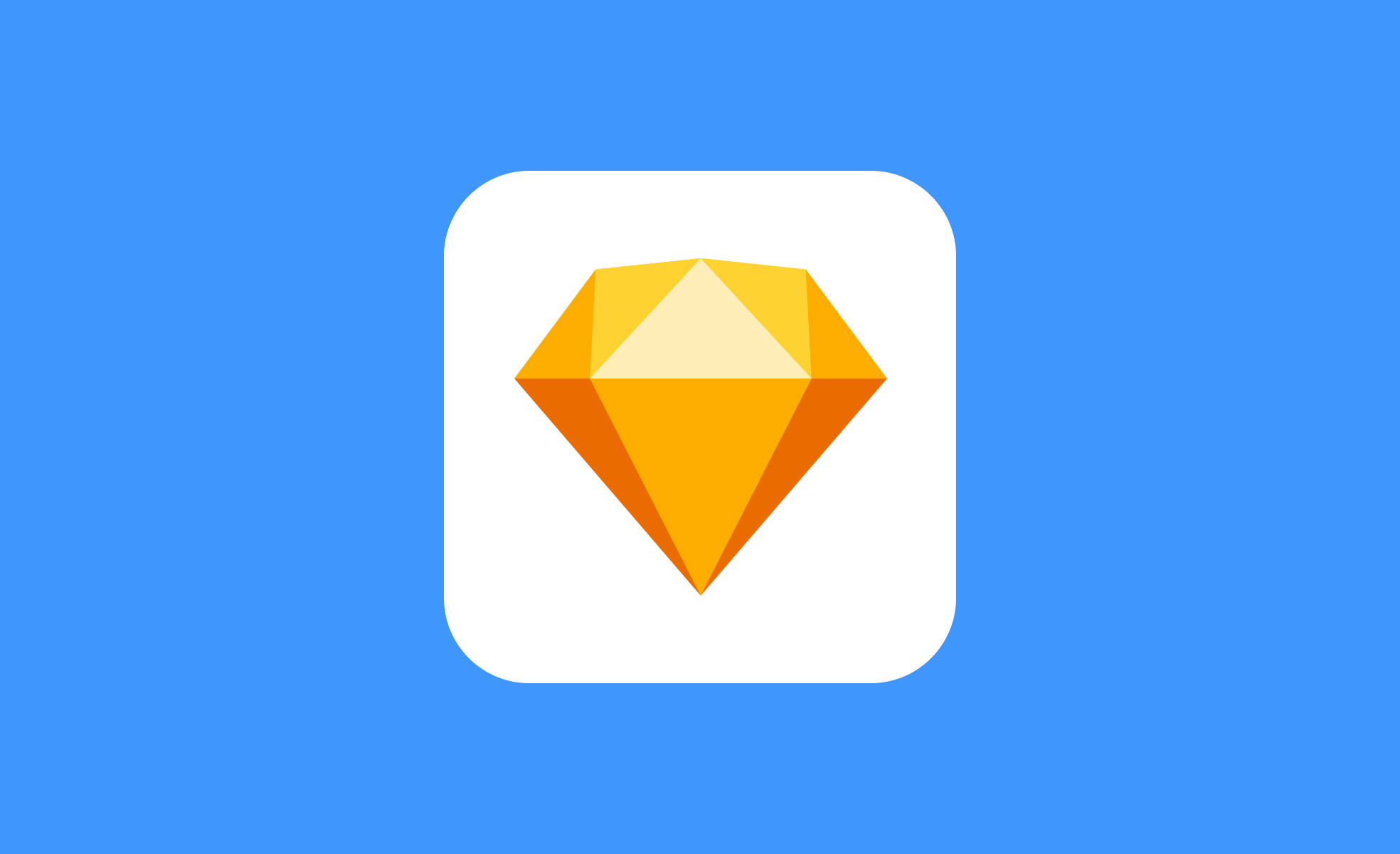
TL;DR
- Vector-based design tool for UI/UX.
- Used for wireframes, prototypes, and layouts.
- Supports collaboration and design systems.
- Popular among product and design teams.
Definition
Sketch is a vector-based digital design application focused on creating interfaces, prototypes, and design systems for web and mobile products.
Detailed Overview
Sketch has become one of the most influential tools in digital design, particularly for user interface and user experience work. Unlike traditional illustration software, it was built specifically for screen-based design, which gave it a strong foothold among product teams. Its focus on simplicity, flexibility, and UI-specific workflows made it a preferred choice for many organizations.
A frequent question is how Sketch differs from alternatives like Figma or Adobe XD. Sketch pioneered many of the modern design conventions that other tools later expanded upon, such as reusable components and vector-based editing optimized for screen resolutions. While Figma has become more popular for real-time collaboration, Sketch still offers robust workflows, especially when paired with cloud services and plugins.
Another common query relates to prototyping. Sketch allows designers to link artboards and create interactive flows. While its prototyping features are not as advanced as some specialized tools, integrations with platforms like InVision or Principle extend its capabilities, making it suitable for presenting and testing design concepts.
Teams often ask about collaboration. Sketch initially worked as a desktop-only app for Mac, requiring file sharing for teamwork. Over time, it introduced cloud-based features, allowing designers to share, comment, and manage versions more effectively. Although its collaboration features may not be as seamless as browser-native tools, many organizations continue to use Sketch successfully in combination with workflow integrations.
Another frequent topic is design systems. Sketch supports libraries that enable teams to build consistent design systems across projects. Components such as buttons, icons, and layouts can be updated in one place and reflected across files.
Finally, Sketch remains part of many professional design ecosystems because of its extensibility. A large plugin community enhances its capabilities, from generating dummy content to integrating with developer handoff tools.
Learn more about this in the Sketching Exercise, taken from the Service Design Prototyping Methods Lesson, a part of the Service Design Course.
Sketch was an early pioneer of modern UI design tools, introducing features like symbols and vector-based workflows optimized for screens. Figma and XD later expanded on these with built-in real-time collaboration.
While Sketch may require additional plugins or integrations for certain features, it remains a strong option for many professional design teams.
Yes, Sketch includes features for linking artboards and building interactive flows. These prototypes are useful for presenting design concepts and testing navigation.
For more advanced prototyping, designers often integrate Sketch with tools like InVision, Principle, or Framer, extending its capabilities beyond the basics.
Initially, Sketch was desktop-focused, requiring manual file sharing. Its cloud features now enable version control, commenting, and sharing. Though not as seamless as browser-native platforms, it supports structured team workflows effectively.
Many teams combine Sketch with project management and developer tools to streamline collaboration.
Sketch libraries allow teams to build reusable components, ensuring consistency across projects. Updating a library element, such as a button style, applies changes across all linked files.
This makes it easier to scale design standards in large teams, supporting efficiency and brand cohesion.
Teams with established workflows often value Sketch’s mature ecosystem, plugin community, and optimization for Mac environments. Its extensibility means it can be customized to fit specific needs.
While newer tools may emphasize collaboration, Sketch continues to thrive in professional design pipelines where flexibility and reliability are priorities.
Recommended resources
Courses

UX Design Foundations

Design Terminology

Common Design Patterns
Lessons

Design Processes

Figma Toolbar


